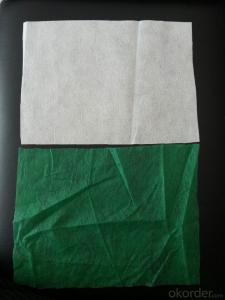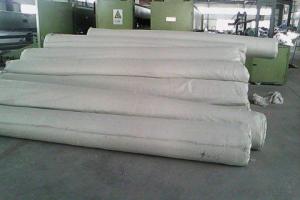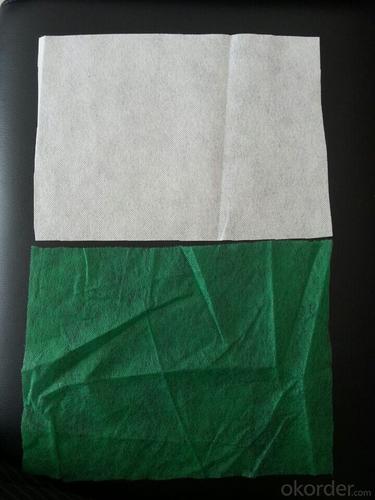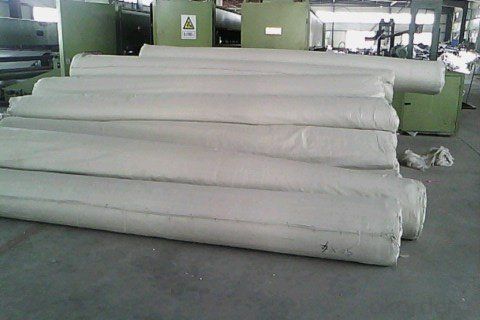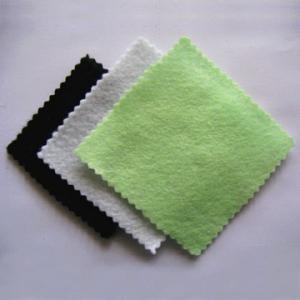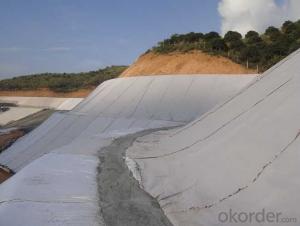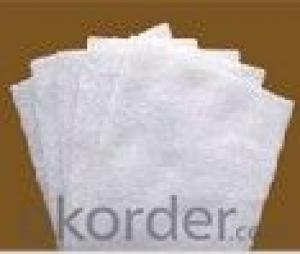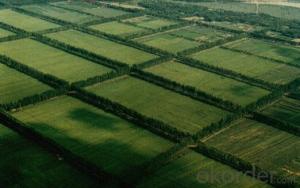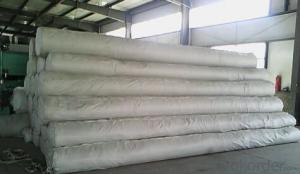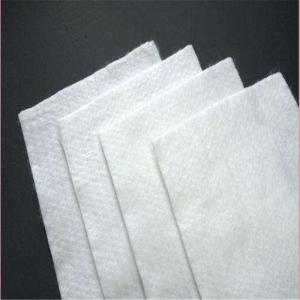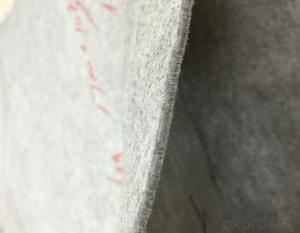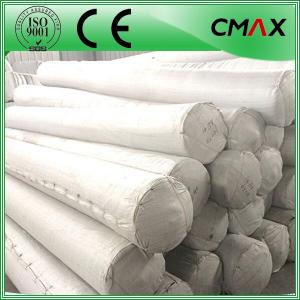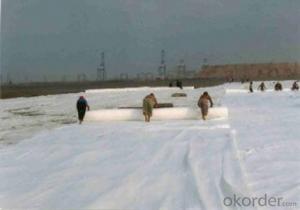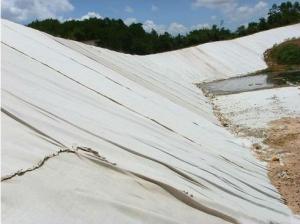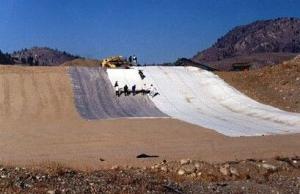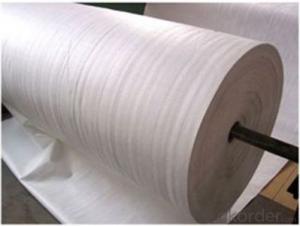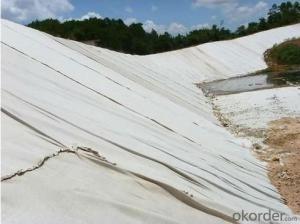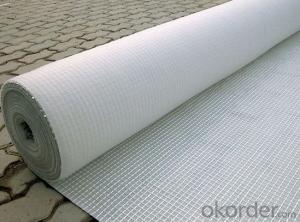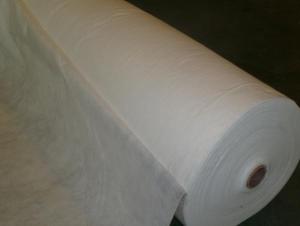Geotextile Hanes - Staple Non Woven Geotextile with Best Quality
- Loading Port:
- Qingdao
- Payment Terms:
- TT or LC
- Min Order Qty:
- 1000 g/m²
- Supply Capability:
- 100000 g/m²/month
OKorder Service Pledge
OKorder Financial Service
You Might Also Like
Features: It owns the advantages of acid and alkali resistance, erosion resistance, aging resistance, large strength, stable size, good filtrability etc.
Application: Mainly applied in water conservancy, road and railway for strengthening, separation, reversed filter and drainage of projects
Properties of Staple fibers needle punched non woven geotextile
Item | 100 | 150 | 200 | 250 | 300 | 350 | 400 | 450 | 500 | 600 | 800 | Note |
Mass error in unit area (%) | -8 | -8 | -8 | -8 | -7 | -7 | -7 | -7 | -6 | -6 | -6 | |
Thickness (mm) ≥ | 0.9 | 1.3 | 1.7 | 2.1 | 2.4 | 2.7 | 3.0 | 3.3 | 3.6 | 4.1 | 5.0 | |
Error of width (%) | -0.5 | |||||||||||
Breaking strength (KN/m)≥ | 2.5 | 4.5 | 6.5 | 8.0 | 9.5 | 11.0 | 12.5 | 14.0 | 16.0 | 19.0 | 25.0 | MD/CD |
Elongation at break | 25~100% | |||||||||||
CBR puncture resistance (KN)≥ | 0.3 | 0.6 | 0.9 | 1.2 | 1.5 | 1.8 | 2.1 | 2.4 | 2.7 | 3.2 | 4.0 | |
Equivalent Pore size O90( O95) | 0.07~0.2 mm | |||||||||||
Vertical permeability coefficient | K×(10-4~10-3)cm/s | K=1.0-9.9 | ||||||||||
Tearing strength (KN)≥ | 0.08 | 0.12 | 0.16 | 0.20 | 0.24 | 0.28 | 0.33 | 0.38 | 0.42 | 0.46 | 0.60 | MD/CD |
Images of non woven geotextile
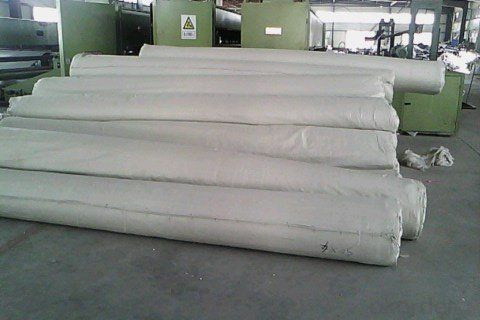
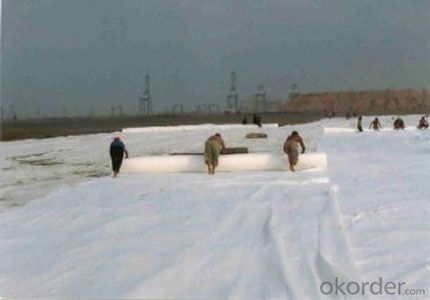
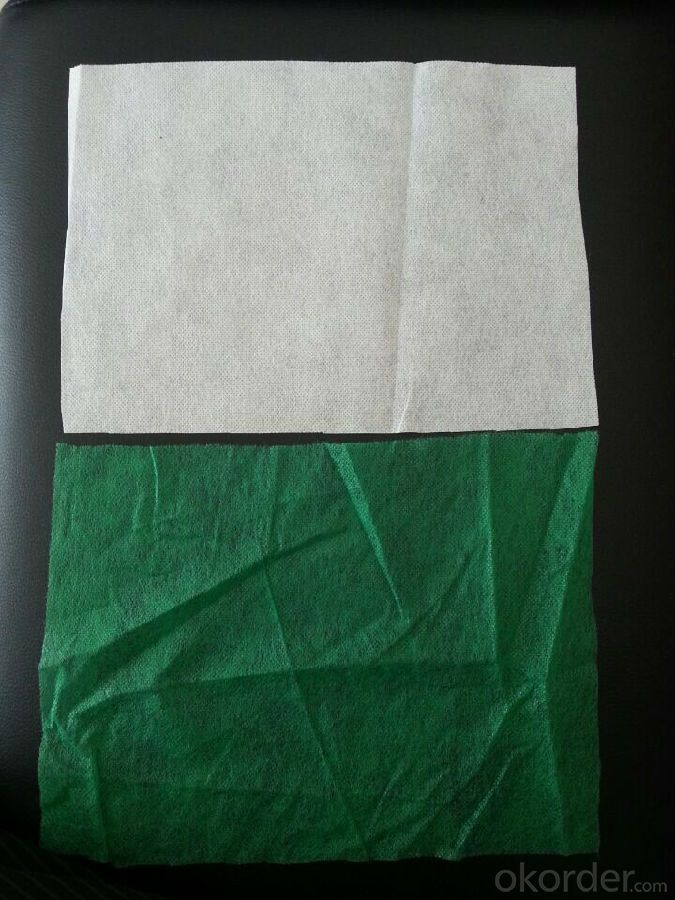
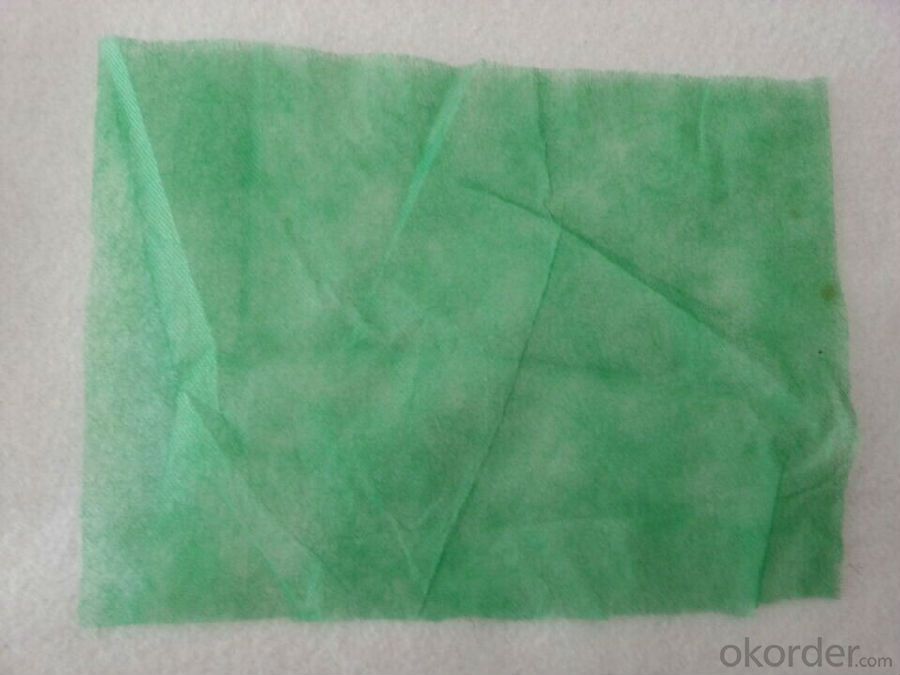
- Q: Is the case, we detect the company now want to engage in expansion (that is, increase the test items), the need for material to do qualification certification. But I have not done before, do not know their own data done unreasonable. Take the data mainly for reference, know the approximate range of the various parameters. Question added: it is best to have data logging source and derivation formula to support the reasonableness of this result, thank you! More
- Hello, can only help you this, do not know useful to you useless factory production geotextile geomembrane drainage board
- Q: What are the specifications for geotextiles in railway projects?
- The specifications for geotextiles in railway projects typically include factors such as the tensile strength, puncture resistance, elongation properties, and durability of the material. The geotextile should also have the ability to separate and stabilize the soil layers, provide filtration to prevent soil fines from clogging drainage systems, and possess adequate permeability to allow for efficient water drainage. Additionally, geotextiles used in railway projects must meet certain standards for dimensional stability and resistance to environmental factors such as UV radiation and chemical degradation.
- Q: What are the durability considerations for geotextiles?
- Durability considerations for geotextiles include factors such as tensile strength, resistance to ultraviolet (UV) degradation, chemical resistance, and abrasion resistance. Geotextiles should have sufficient tensile strength to withstand the stresses and strains imposed on them during installation and the lifespan of the project. UV degradation can weaken geotextiles over time, so it is important to choose products with appropriate UV resistance. Chemical resistance ensures that geotextiles remain intact and functional in the presence of chemicals or contaminants in the soil or water. Additionally, geotextiles should be resistant to abrasion to withstand any potential friction or rubbing against other materials or objects.
- Q: What is the filament single-sided singeing geotextile
- Filament single-sided singeing geotextile is through a series of hot-rolling process will filament geotextile side of the filament fiber roll hot filament geotextile surface of the unity, thereby increasing the filament geotextile non-slip, anti- Tear resistance. Filament singeing geotextile is generally used for landfill, tailings and other projects with rough surface geomembrane with the use of friction coefficient to increase and improve anti-skid performance. Filament single-sided singeing geotextile is the first production of finished filament geotextile, and then through the professional equipment for single-sided singeing.
- Q: How do geotextiles improve the performance of pavement structures?
- Geotextiles improve the performance of pavement structures by providing separation, filtration, and reinforcement. They prevent the mixing of different soil layers, allowing each layer to function independently and efficiently. Geotextiles also act as a filter, preventing the clogging of underlying drainage systems by allowing water to pass through while retaining the soil particles. Furthermore, they reinforce the pavement, distributing the load more evenly and reducing the potential for rutting and cracking. Overall, geotextiles enhance the durability, stability, and longevity of pavement structures.
- Q: Can geotextiles be used in erosion control in agricultural fields?
- Yes, geotextiles can be effectively used in erosion control in agricultural fields. Geotextiles are permeable fabrics that can stabilize soil and prevent erosion by retaining sediment and allowing water to pass through. They are commonly used in agricultural practices such as slope stabilization, soil erosion prevention, and filtration. By placing geotextiles in areas prone to erosion, they can help to reduce soil loss, improve water quality, and enhance the productivity and sustainability of agricultural fields.
- Q: What are the key considerations for geotextile installation in areas prone to landslides?
- The key considerations for geotextile installation in areas prone to landslides include understanding the slope stability and soil characteristics, selecting the appropriate type and strength of geotextile, ensuring proper anchoring and connection methods, implementing effective drainage systems, and regularly monitoring and maintaining the geotextile system.
- Q: How to calculate the volume weight of polypropylene nonwoven geotextile
- This is not necessarily to see the light of the needle or heavy.
Send your message to us
Geotextile Hanes - Staple Non Woven Geotextile with Best Quality
- Loading Port:
- Qingdao
- Payment Terms:
- TT or LC
- Min Order Qty:
- 1000 g/m²
- Supply Capability:
- 100000 g/m²/month
OKorder Service Pledge
OKorder Financial Service
Similar products
Hot products
Hot Searches
Related keywords
